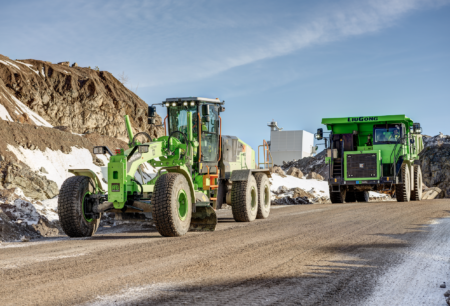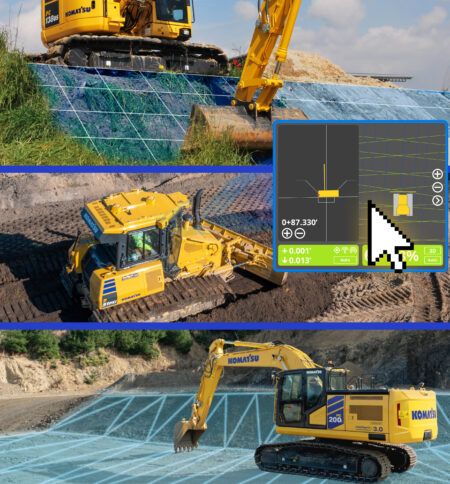Continental has developed a new drive system for compact loaders that makes the working conditions for the driver significantly more comfortable. The new chassis component uses solid-rubber drive lugs for the track instead of a conventional track drive with rubberized metal ribs.
Construction sites often have numerous vehicles operating at the same time, which can create a high level of background noise. The lugs in Continental’s new chassis reduce vibration and noise levels and this, in turn, results in reduced operator fatigue, higher operating speeds and a greater attentiveness to work, thereby enhancing safety in the workplace.
Compact loaders are typically used in the construction sector. Their tracks ensure that they do not sink into soft grounds on-site, and guarantee good traction in different ground conditions.
Conventional drive systems have two endless tracks tensioned around a track suspension system mounted on the chassis. A disadvantage of this design is that the resulting vibrations of this metal-on-metal track drive can create significant noise, as well as jerky machine movements for the operator. Consequently, operating speed is restricted. Premature wear due to high local stresses is another disadvantage.
Continental’s new chassis development uses drive lugs made of solid rubber for the track. Thanks to rubberized metal ribs, a rubber track can achieve an optimized load distribution, and low vibration and low noise operation, compared with a metal-on-metal track.
In a conventional chassis, a metal element incorporated in the drive lug leads to a fast and high degree of wear on the drive sprockets as a result of local load peaks. With a rubber track, overall system lifetime is lengthened. The solid-rubber drive lugs extend the system’s service life and therefore improve its price/performance ratio.





